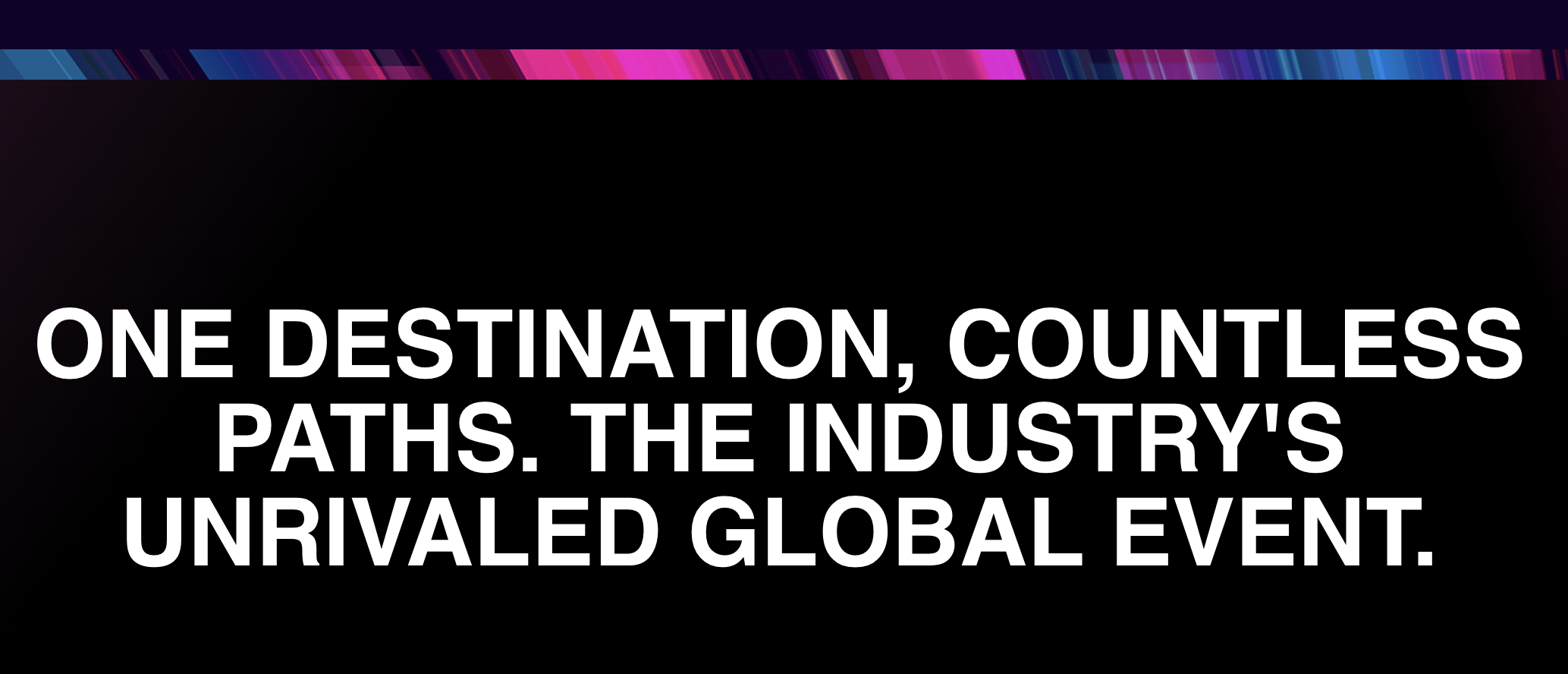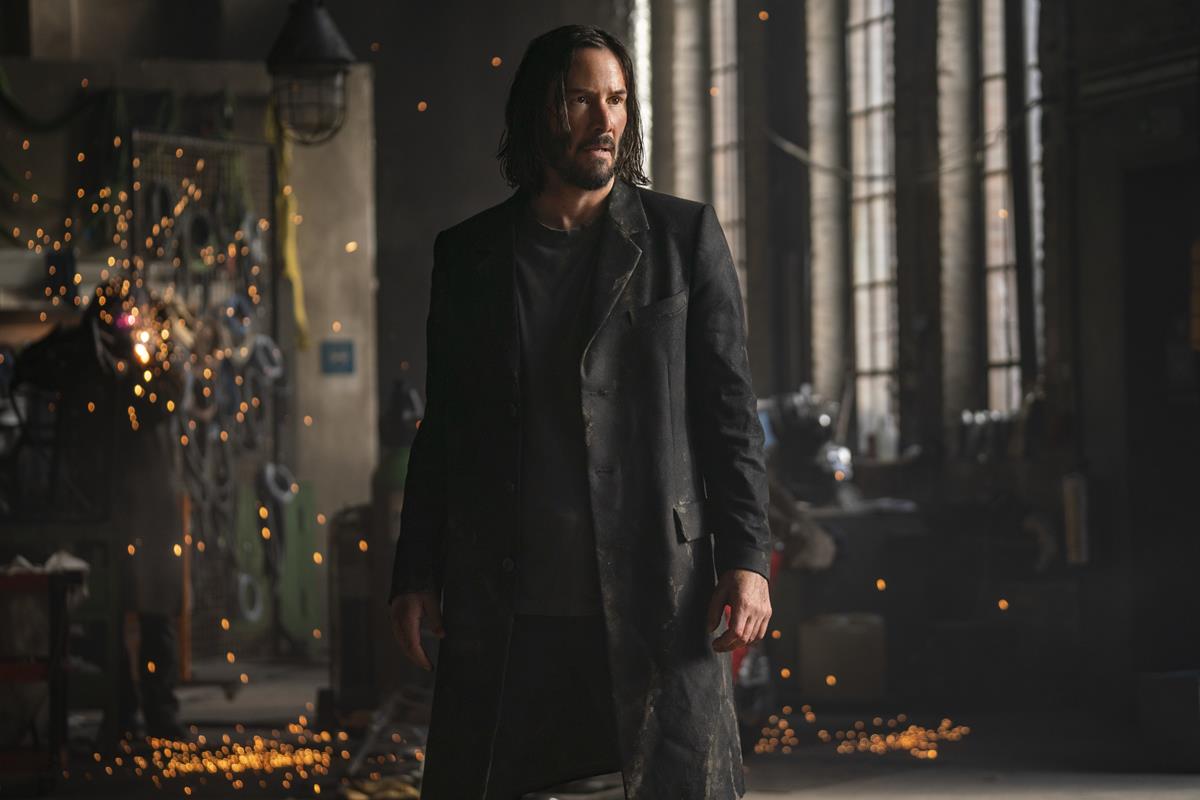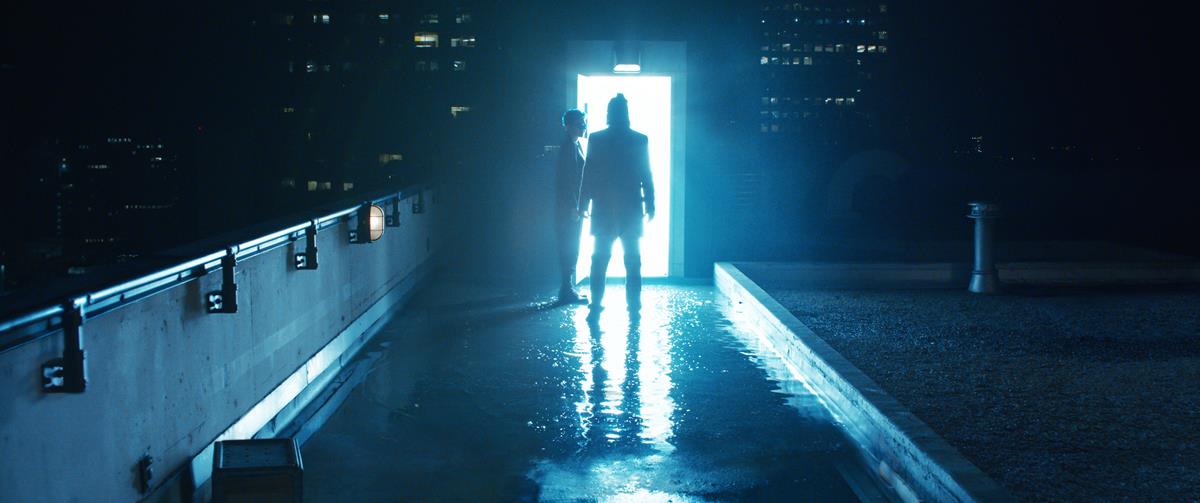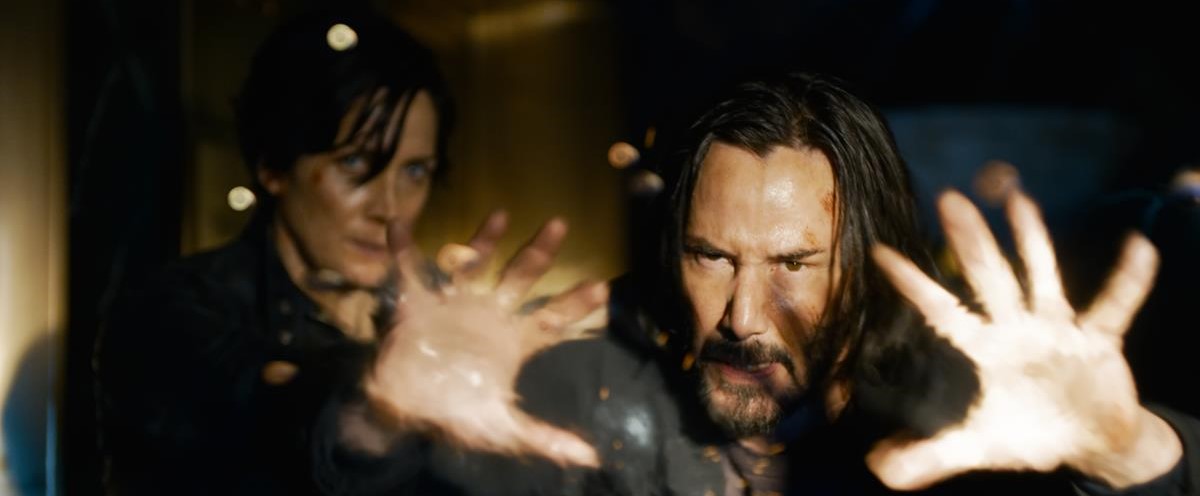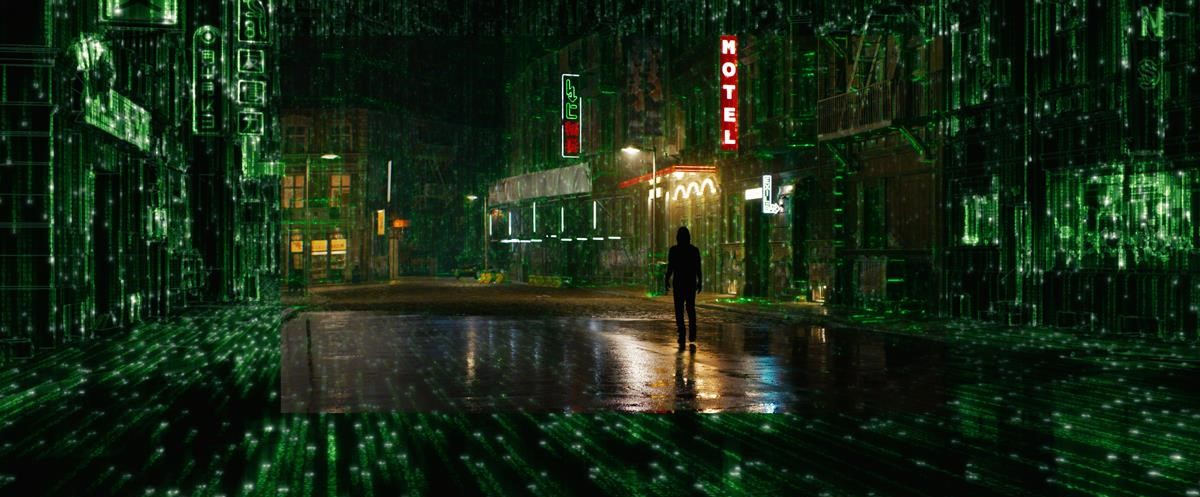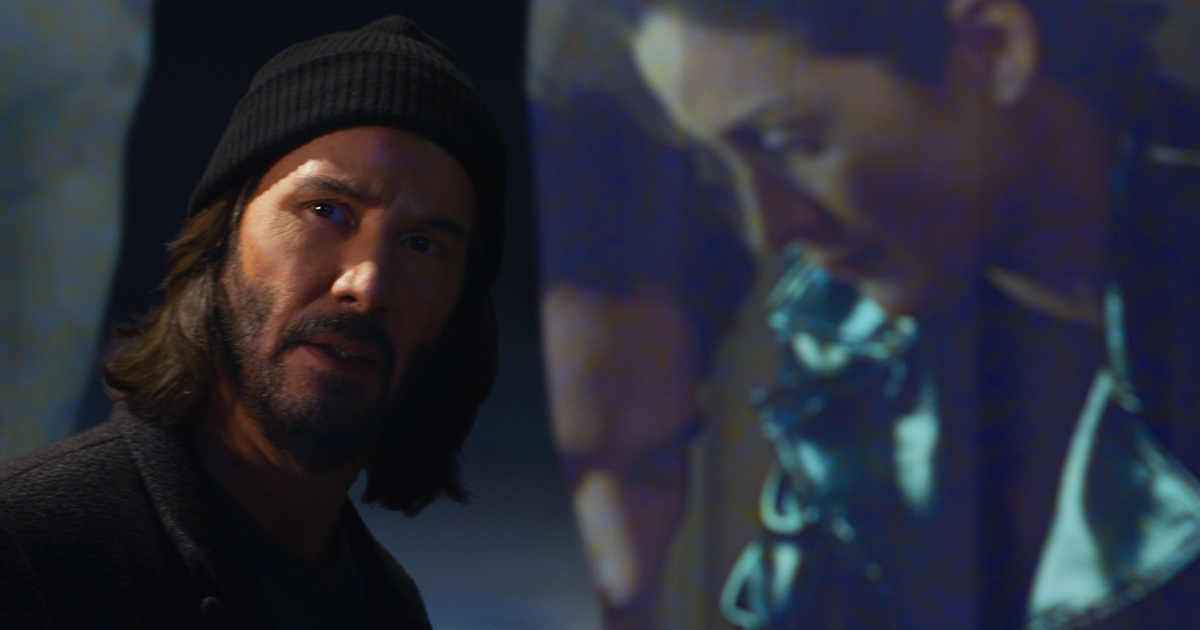
You could argue that the moment digital camera sensors started to see as well or better than the human eye was when true naturalistic lighting was born. Lighting was just as important as ever but could now, with impunity, supplement and sculpt what nature was already providing.
A lot has happened to directors Lana and Lilly Wachowski since 1999’s The Matrix. This includes their attitude towards in-camera capture, which they now strive for more of. For Matrix Resurrections, director Lana Wachowski discovered her liking for capturing more of what was in front of her.
Cinematographer Daniele Massaccesi explains how she got there, “I remember the first part of Cloud Atlas was on a ship on the open sea, dealing with a rotating boat and the sun. At first, it felt a little bit like losing control. But then, we loved it, because what you get with the sun, it’s unique,” he said.
“Then, there was more change between Cloud Atlas and the first season of Sense8. It was a big step forward. More was on-set, unplanned, just figuring out what would look good without thinking too much. Going with the flow or a feeling. You sense what you feel is right in that moment, because you can’t always predict. You need to grab whatever is there.”
Cinematographer John Toll, who shot Matrix Resurrection’s US scenes, had heard that Wachowski had credited him with her new appreciation of sunlight. “It means she appreciated my approach to day exterior sequences,” he surmised.
“I had quite a bit of experience photographing films with extended sequences taking place in exterior environments. These were accomplished most successfully by taking advantage of the position of the sun and the time of day when we shot.
“As far as the shooting style of Resurrections, I think everything was a modified extension of this idea. Day or night, interior or exterior, we attempted to provide lighting that supported the story, but was based on the natural ‘feel’ of the environments the characters found themselves in.”
To bring this new appreciation of “capturing what you’re seeing” to such a large and long-awaited franchise completion movie was certainly a challenge. Massaccesi described the finer details of the shoot in an interview for the RED Digital Cinema website.
“We knew we had to cater for significant VFX, but Lana also wanted to shoot as much in-camera as she could,” says Massaccesi. “In addition, she has evolved the way she shoots movies and prefers to use Steadicam a lot of the time to feel more involved in the creation of the story on set. Pausing to reload film reels would just delay the creative efficiency.
READ MORE: Behind the Look: Matrix Resurrections (RED Digital Cinema)
Massaccesi explained to IndieWire how that manifested itself on set. “I quickly realized she was always behind me, her hands on my shoulders, whispering in my ear.
“We began to build this relationship where I could tell just by the movement of her fingers what she wanted me to do. We didn’t even need to talk, and it made it easier to grab those moments, those accidents, because she was right there with me.”
That communication made Massaccesi’s transition from operator to cinematographer relatively smooth (Toll had decided not to travel to Europe with the production due to COVID). “Even when I was operating we always talked about the lighting, because it would affect where we moved with the camera,” he explained, “and she was very, very supportive of me even though we all knew this was going to be a difficult shoot.”
READ MORE: ‘The Matrix Resurrections’: Inside How Lana Wachowski Changed the Franchise’s Visual Approach (IndieWire)
The tonal look of the original The Matrix was green to mimic corporate computer screens of the time, while the real world was given an inhospitable, drab blue tinge.
“This time our look for the Matrix world is more colorful, like a postcard, while the depiction of the real world remains cooler and darker with more contrast,” Massaccesi detailed to IBC365. “In Resurrections, the Matrix has been designed so humans in the real world find the simulacra to be believable. It is therefore photoreal and full of color.”
READ MORE: Behind the Scenes of Lana Wachowski’s The Matrix Resurrections (IBC365)
Speaking to the Motion Picture Association’s The Credits, Massaccesi detailed the camera techniques deployed to capture in-camera imagery for a sequence set in a motorcycle shop featuring two characters moving at different speeds.
“We had a 3D rig, with one camera shooting eight frames a second, one shooting 120 frames,” Massaccesi said about achieving the effect. In the background, everything was “happening at normal speed,” but with each camera trained on a different character, each “had completely different looks,” or at least movement speeds, making it easier to “combine the different cameras” during the VFX stage.
This proved to be such an effective approach that the production was able to complete what had planned as a 112-day shoot in less than 90 days. “We finished in 88 days. Warner Brothers pulled the movie to release earlier,” he said.
READ MORE: “The Matrix Resurrections” Cinematographer Daniele Massaccesi on His Leap of Faith (The Credits)
While VFX supervisor Dan Glass needed to work to find the right place for the CG in this new in-camera shooting regime, it was obviously no less important than in the original film. “I think probably the most daunting component was ensuring that the CG content lived up to the bar that had been elevated by the physical production. The way this film was shot, it’s very rich in detail and almost more documentary in style than the earlier movies.
“It’s fitting that Lana’s process has evolved to one that really focuses on trying to capture natural light in real world locations. This film looks and feels different from the first films, and for story relevant reasons. It’s part of a continuing story, but one that is intentionally a departure visually and I hope people will find that exciting about it — it is deliberately not trying to be what is most expected.”
Glass was looking for complete integration of the CG in to the way the movie was shot but it had its challenges. “In many instances, we had to cut up or combine filmed layers and frequently paint things out, but a completely natural sense of integration comes from that approach.”
Conversely, the challenge with evolving the heavily CG content was finding ways to design and light those shots so that Lana could participate and guide in a similar manner to her photographic process. For that Glass looked to the latest type of production techniques.
“Some of the new virtual production technologies are very exciting, because they bring the virtual and photographic techniques tangibly closer.”
LEARN MORE ABOUT ATTENDING THE 2022 NAB SHOW
